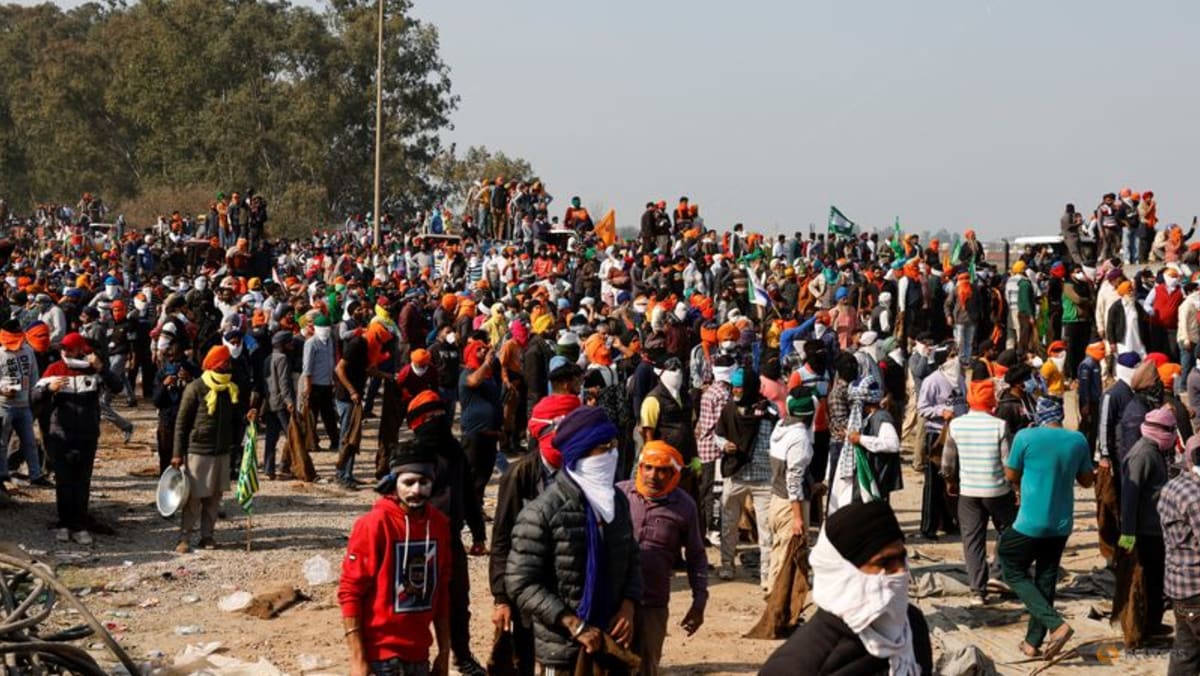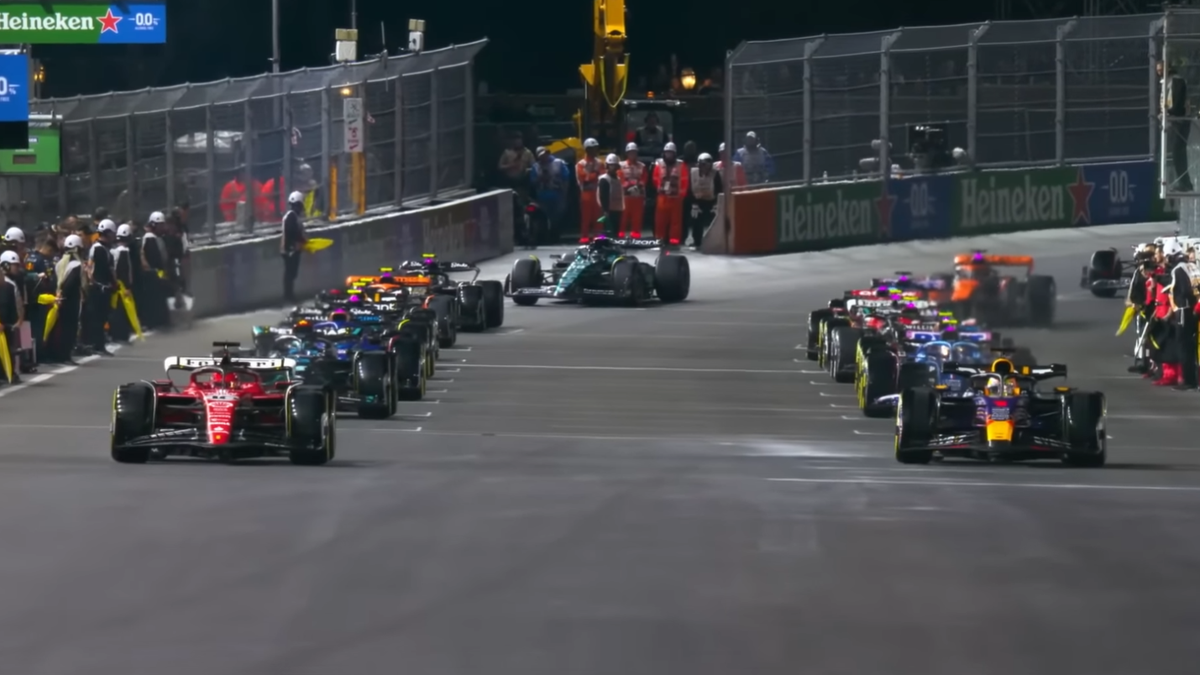NEW DELHI: Thousands of Indian farmers on tractors are riding towards New Delhi in a revival of past protests that saw highways into the capital blockaded by agricultural machinery for more than a year.
Prime Minister Narendra Modi’s government was pressed into a rare retreat in 2021 after a successful campaign by farmers demanding it repeal new laws deregulating agricultural markets.
Farm union leaders say the government has not done enough since then to alleviate their hardships, prompting them to again move on the capital to make their demands heard.
Riot police columns have so far checked the protest’s advance with tear gas volleys and concrete barricades, but the farmers have vowed to press ahead.
What is the state of Indian agriculture?
India’s farming sector is vast and troubled, employing more than 45 per cent of the country’s workforce and accounting for 15 per cent of its GDP.
The “Green Revolution” of the 1970s turned India from a country facing regular food shortages into a major food exporter.
But for the past few decades, farm incomes have remained largely stagnant and the sector is in dire need of investment and modernisation.
More than 85 per cent of farmers have less than two hectares of land. Fewer than one in a hundred owns more than 10 hectares, according to a 2015-16 agriculture ministry survey.
Water shortages, floods and increasingly erratic weather caused by climate change, as well as debt, have taken a heavy toll.
More than 300,000 farmers have died by suicide since the 1990s, according to official figures.
“We work long hours in the fields and still struggle to make ends meet,” Sandeep Kumar, 40, told AFP from the frontlines of the protest on Wednesday (Feb 14).
Farmers in India have political heft due to their sheer numbers – tens of thousands camped out on Delhi’s outskirts in the last protest to press their demands.
What are the farmers demanding?
India already has longstanding guarantees compelling the government to buy some crops, including rice and wheat, when their price falls below a certain level on the open market.
The main demand of farmers’ unions is to expand these minimum support prices (MSP) to include all crops to shield them from market fluctuations.
The Modi government promised to consider this demand after the last farmer protests in 2021, but unions say nothing has been done since.
They also want criminal charges against union leaders over the last protests to be dropped and a monthly pension of US$120 for farmers over 60.
They are also seeking debt relief, India’s withdrawal from the World Trade Organization and free trade agreements, and assurances that existing subsidies, including free electricity, will continue.




![Kailash Kher opens up about bond with son, love for tea and more [Exclusive] Kailash Kher opens up about bond with son, love for tea and more [Exclusive]](https://st1.bollywoodlife.com/wp-content/uploads/2024/11/211120241732198149.jpeg)


